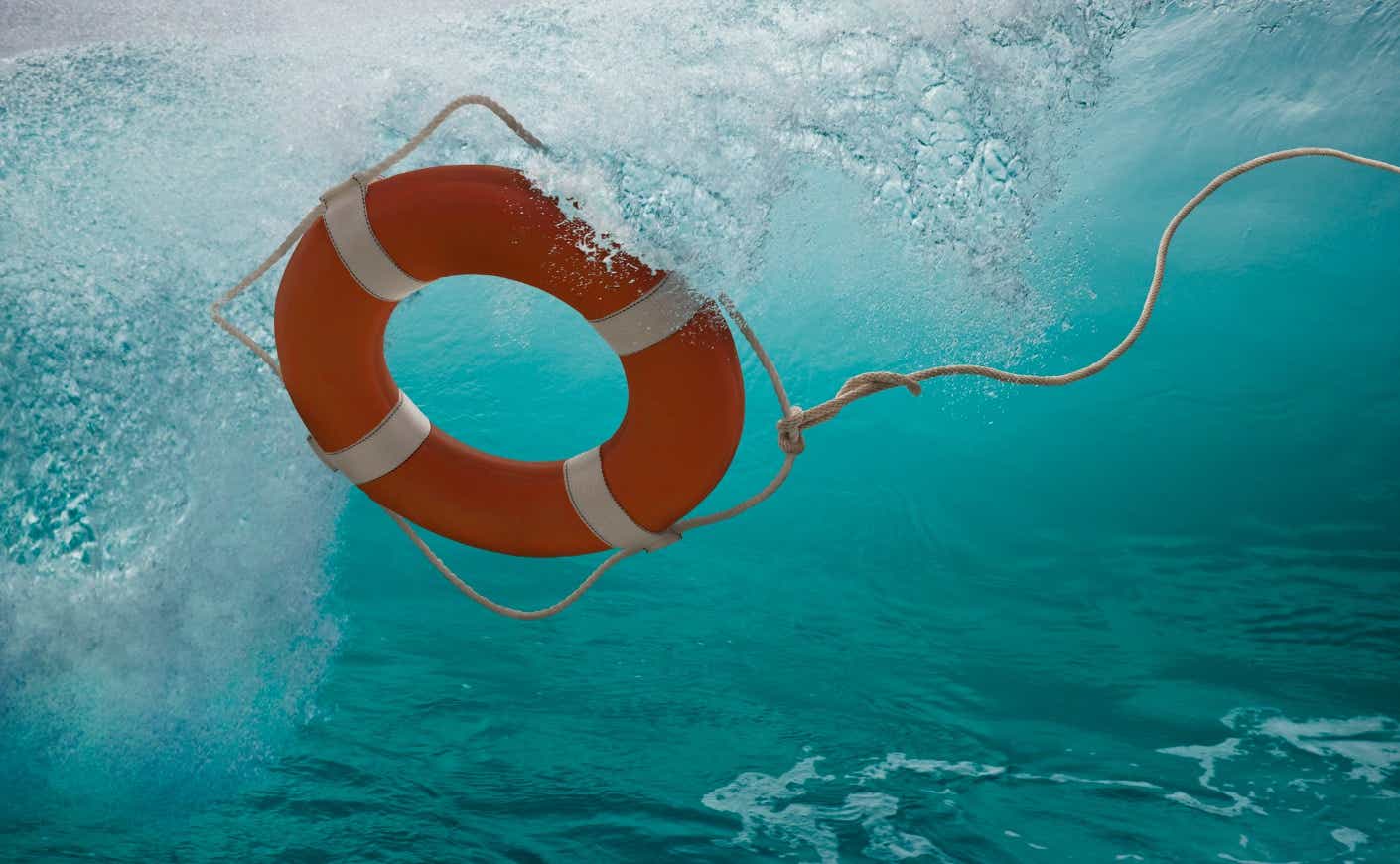And how climate change could increase your risk.
Most of us learn the dangers of drowning at a young age, when our caregivers give us a stern warning anytime we get too close to the pool or the lifeguard embarrassingly blows the whistle whenever we drift past a buoy. As we get older and more comfortable in the water, the risks seem a little less scary. But in reality, drowning is far more prevalent across all age groups than you might assume.
While children are at the highest risk, an average of 4,000 Americans of all ages — or about 11 people each day — die by drowning each year, according to the Centers for Disease Control and Prevention.
“When you hear of a drowning, one thing you hear quite a bit is, ‘but they were a good swimmer,’ but this kind of accident can happen to anyone,” John Ryan Jr., a chief lifeguard in East Hampton, NY, tells Katie Couric Media. Ryan Jr. and fellow lifeguard Big John also happen to be the subject of a 2019 documentary Waterproof, which follows a community’s crusade to create a safe swimming environment in East Hampton, New York.
Wondering what to do if you ever found yourself in over your head? We got some expert tips, plus why you should take water safety seriously year-round.
What do if you think you’re drowning
The first thing you should do if you find yourself at risk of drowning is remain calm and keep your head up, which is easier said than done. “It’s important to take a deep breath in this situation,” says Ryan Jr. “Your best flotation device is your lungs, and if they can relax, that helps them float.”
It’s also important to get rid of any unnecessary items that are weighing you down like clothes or shoes, which Ryan Jr. says “restricts your ability to swim.” If no one is around and you’re by yourself, try to draw attention to yourself by shouting, waving, or splashing water. In the best-case scenario, this will alert a lifeguard and they’ll typically blow two whistles to let you know that they’re on their way.
“That should help you relax, Ryan Jr. says. “It’s when you don’t think somebody’s coming for you, that you tend to panic and drown.”
So how can you avoid this scary situation? Well, there are several precautions you can take. For instance, Ryan Jr. recommends swimming at a lifeguard-protected beach within the designated area for swimmers. Once you get outside that zone, you might be more at risk of being taken out by what’s known as a riptide.
What is a riptide? Here’s what to do if you get caught in one
These strong currents occur when water that has been pushed toward land by the sea is tracking back out.
What’s dangerous about these currents is they can be powerful and drag unwitting swimmers and surfers out to sea, particularly if there is a large swell running. Unfortunately, a lot of people aren’t aware of how to escape one: Riptides topped hurricanes and tornadoes as the third-leading cause of weather fatalities from 2013 to 2023. Ryan Jr. says the best way to survive a rip current is to stay afloat and yell for help or swim parallel to the shore.
The American Red Cross also recommends being aware of your physical limitations. So if you know you can’t swim for a long period of time then maybe take more breaks from swimming. Another piece of advice worth considering is to make sure you’re never swimming alone or let someone know when you’re going out for a swim in case you need help.
“Learning to respect the ocean, knowing your limitations, and common sense are key,” says Mae Mougin, who produced the film Waterproof.
Drowning during the winter is more common than you’d think
While more people tend to drown in warmer months when everyone’s racing for the relief of the water, research shows that drowning in colder months is more likely to be fatal. That’s because your body loses heat 25 times faster in cold water than in air of the same temperature, which can dramatically get in the way of your ability to swim. Time is of the essence, too: Evidence suggests that 20 percent of people who fall into cold water will die within the first two minutes due to shock.
Drowning during the winter months also happens relatively often. According to research published in The Lancet science journal, cold water immersion, such as falling through thin ice, represents the third most common cause of accidental death in adults, and the second in children, in most countries.
“Almost 50 percent of drowning victims are children less than nine years old playing on the ice, while the majority of victims drowning while in vehicles, such as snowmobiles, are young adults less than 24 years old,” said the study’s lead researcher associate professor Sapna Sharma.
As average winter temperatures rise due to climate change, these kinds of drownings could get worse as melting or thin ice is around for longer periods, causing people to be more at risk of falling through.
That’s why knowing basic water safety will become even more important in the future, though that could prove to be a challenge. Mougin says swimming programs aren’t given enough emphasis these days.
“There aren’t that many public pools anymore like we had as children,” she tells us. “Swimming programs need to come back into the educational agenda because besides just swimming, it teaches them about themselves, and gives them confidence. It’s a skill you’ll never forget, like riding a bike.”








